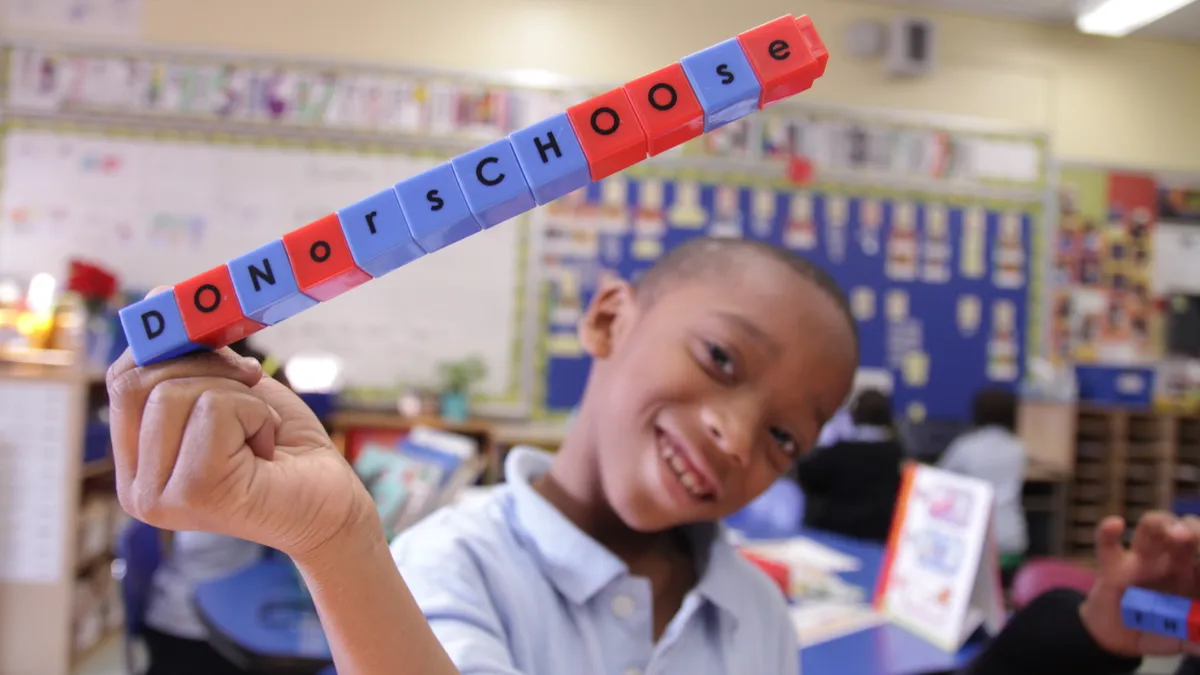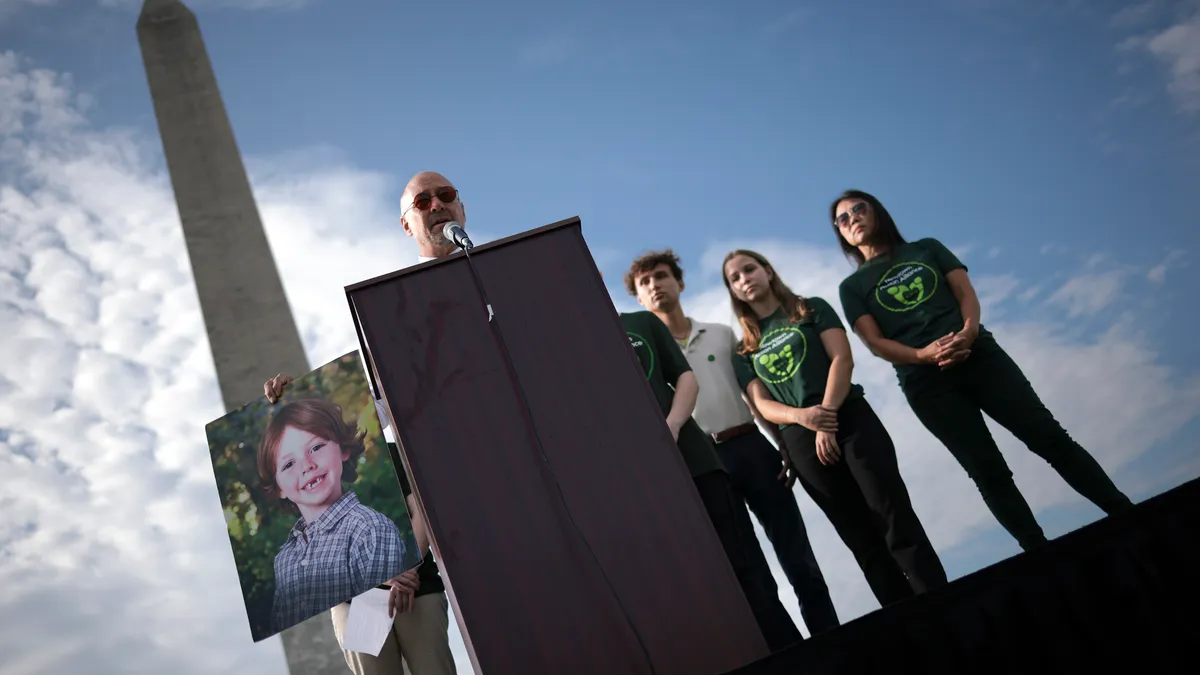Dive Brief:
- Public-private partnerships offer a way to extend the reach of education organizations and prepare students for long-term success, and the federal government could play a role in facilitating even more of these collaborations in the years to come.
- Christopher Cross, chairman of education consulting firm Cross & Joftus, and Mary Anne Schmitt-Carey, president of the Say Yes to Education nonprofit, write for The Hechinger Report that the federal government has invested in social programs that support educational success for decades, but the programs often come with restrictions that limit their impact.
- The next administration, however, could help expand the number of health clinics in or near schools and free up resources for school counseling to be used on entire families — as long as its support for public-private partnerships provides for the freedom communities need to serve their populations.
Dive Insight:
The idea of building “community schools” is becoming a trend in many regions. Administrators work with social service providers in the community to offer wraparound services that stretch far beyond the academic. This is one important way schools can achieve their missions of helping students overcome barriers presented by family and neighborhood poverty.
Sean Reardon, an endowed professor of poverty and inequality in education at Stanford, has found the achievement gap between the rich and the poor is growing. He calculated the correlation between the median socioeconomic status of all public school districts in the United States and student test scores at .85. As a whole, no high-poverty school district in the nation has test scores above the national average. Community-wide efforts to improve outcomes, however, can do so in quantifiable ways.






 Dive Awards
Dive Awards






